Tom Hanks...
...Darryl Hannah...
and Star Jones...
...in a Ron Howard Film...
Splash II...
...That's My Momma
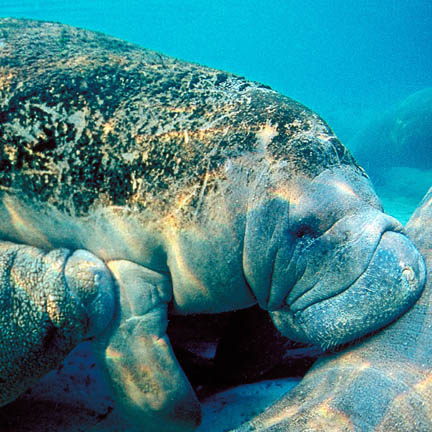
Meanwhile, in the Dimension Where Manitees Being Mistaken for Mermaids Makes Perfect Sense: Ariel was the role Camryn Mannheim was born to play; Cameron Diaz does math problems for fun, has 13 cats named after characters from Doctor Who, is described to prospective blind dates as having "a great personality and a sweet smile" and says she has come to terms with her virginity, but she still sometimes cries at night...it's called "Hippopatamus of the Sea"; Jessica Simpson has her second doctorate in Marine Biology but makes a living as a minus-size actress in Skinny Chicks men's fetish magazine...Saturday Night Live always has "a skinny guy" in the cast; he stars in the popular "Paris Hilton, Sex Kitten" skits, where the conservative Christian senator from New York and noted pro-abstinence activist is portray as our Paris Hilton, but the joke is that she has sex...Hurley is Sawyer and Sawyer is Hurley...Oprah fills three rooms with sexy hot chocoliciousness; Halle who?...and Jabba turned women's heads in Who Framed Rhonda Rabbit?; Luke's Jedi mind tricks had no effect on Jessica the Hutt
Manatees Mistaken for Mermaids on Ancient Sea Voyages
from Daytona Beach News-Journal
DAYTONA BEACH - The poor,
 portly manatee, having to endure this gibe time and again: "The early explorers thought manatees were mermaids. Guess they'd been at sea a little too long!"
portly manatee, having to endure this gibe time and again: "The early explorers thought manatees were mermaids. Guess they'd been at sea a little too long!"Local tour guides have their own versions of the line, and the Internet offers dozens more.
Even an estimable literary journal, The Believer, lampooned recently that the female Florida manatee's tail, forelimbs and "prominent nipples" make it "a likely progenitor of the mermaid myth; however, the manatee face - jowly, with the bone structure of a sock puppet - compounded by a 2,000- to 3,000-pound body (declared distinctly more minivan than mermaid in shape analysis studies), challenges the notion of manatee as marine temptress."
Any seafarer attracted to a manatee, that author concluded, must have been delusional from rickets.
Manatees as mermaids? C'mon.
But historians, folklorists and scientists say it's no joke at all.
The order Sirenia, to which the Florida manatee belongs, is from the Latin siren, or mermaid. The myth of a part-woman, part-fish with great seductive powers (and no scruples) has existed since antiquity. As long as there have been seafarers, it seems, there have been mermaids to mess with their minds.
The mermaid has occasionally been depicted in writing and art as ugly, but she is more often pretty, if a little lewd. In her brashest incarnation she sings loudly and hoists her split tail around her head, like some tantric yogi - a far cry from Disney's doe-eyed and marriage-minded Ariel.
"Usually these legends of singing sirens were made by sailors as explanations for why they were led astray," said Natalie Underberg, a folklorist at the University of Central Florida.
The New World sirens were a gentler, if homelier, lot.
Sailing near the Dominican Republic in 1493, Christopher Columbus described in his log some "female forms" that "rose high out of the sea, but were not as beautiful as they are represented." (They did not, it's worth noting, wreck his ship).
Anthony Piccolo, a professor of literature at Manhattanville College in Purchase, N.Y., said Columbus was mentally primed for mermaids when he saw what history holds to be manatees. Folklore and early travelers' tales featured mermaids aplenty, and the old maps of the known world - including those Columbus consulted - "were always fringed with mermaids and monsters."
In 1614 English explorer John Smith claimed to have seen a mermaid in the Caribbean, and was more impressed than his Italian forbear.
"Her long green hair imparted to her an original character by no means unattractive," he wrote in his log, adding that he'd "begun to experience the first effects of love," when the mermaid turned over and revealed her fish parts.
Even present-day observers have discerned human attributes in sea cows. In the 30 years that James Powell, a biologist with the Wildlife Trust in St. Petersburg, has worked with manatees, "there have been times when they come up out of the water and the light has been such that they did look like the head of a person."
"If you were expecting to see a mermaid," he said, "you'd see this back and tail come up with no dorsal fin" - as many mermaids are drawn.
Piccolo said manatees would have appeared only more human, and enticing, to New World explorers. The Age of Exploration was also the age of Peter Paul Rubens, the Flemish painter of voluptuous models. The female ideal was much heavier then, and "deprivation of intimacy inflamed all these voyages," Piccolo said.
"Anything in the water became a projection of the sailors' need for contact."
The sailors were deprived in other ways, too.
"Some were near their deaths from hunger. It's incredible to me how human beings could endure the extremes on these voyages . . . when you see the ship Columbus used, it's like a little pot," Piccolo said, without heat, fresh food or anything resembling comfort.
Some of these sailors apparently conflated their desires for food and for intimacy, seeing both possibilities in the Rubenesque manatee.
"In this day, manatees probably wouldn't be the first choice of seagoing creatures to represent mermaids," Piccolo said, and not just because slender figures are in fashion.
"I don't think the contemporary imagination is fueled with myth," he said, and sex "is seen as a land activity" that only ever entered seafaring lore because the voyages were so long, miserable and sex-deprived.
Which also helps explain why passengers on today's cruise ships so seldom spot mermaids.







 what the Great Conjunction is. 'What's the Great Conjunction?'
what the Great Conjunction is. 'What's the Great Conjunction?' 




 A Is for Androids
A Is for Androids B Is for Boba
B Is for Boba C Is for Calvin
C Is for Calvin D Is for Dragons
D Is for Dragons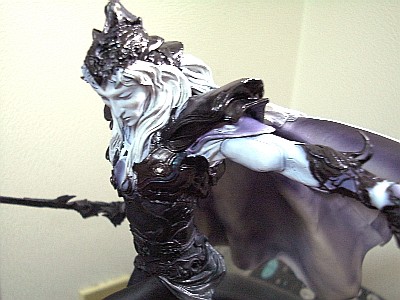 E Is for Elric
E Is for Elric F Is for Futures
F Is for Futures G Is for Genie
G Is for Genie H Is for Hobbits
H Is for Hobbits I Is for Iceman
I Is for Iceman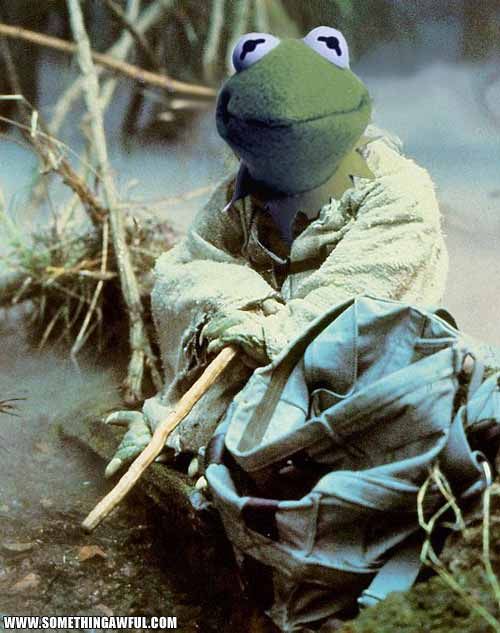 J Is for Jedi
J Is for Jedi K Is for Kraken
K Is for Kraken

































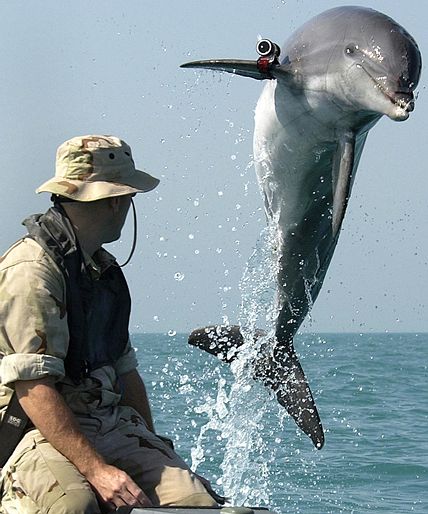

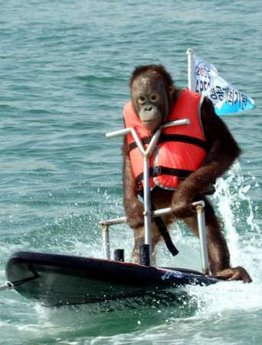
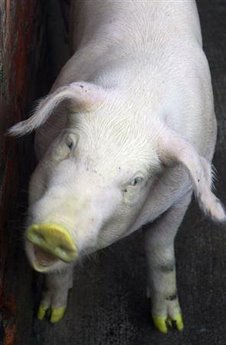



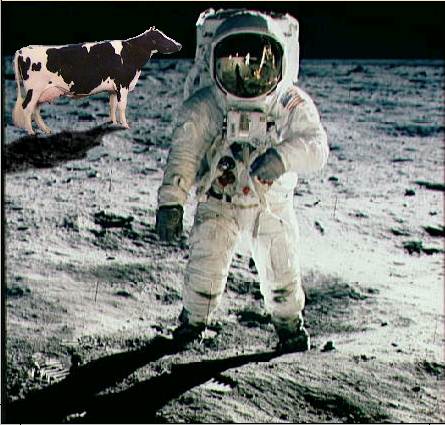
























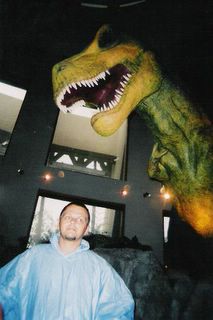



0 Comments:
Post a Comment
<< Home